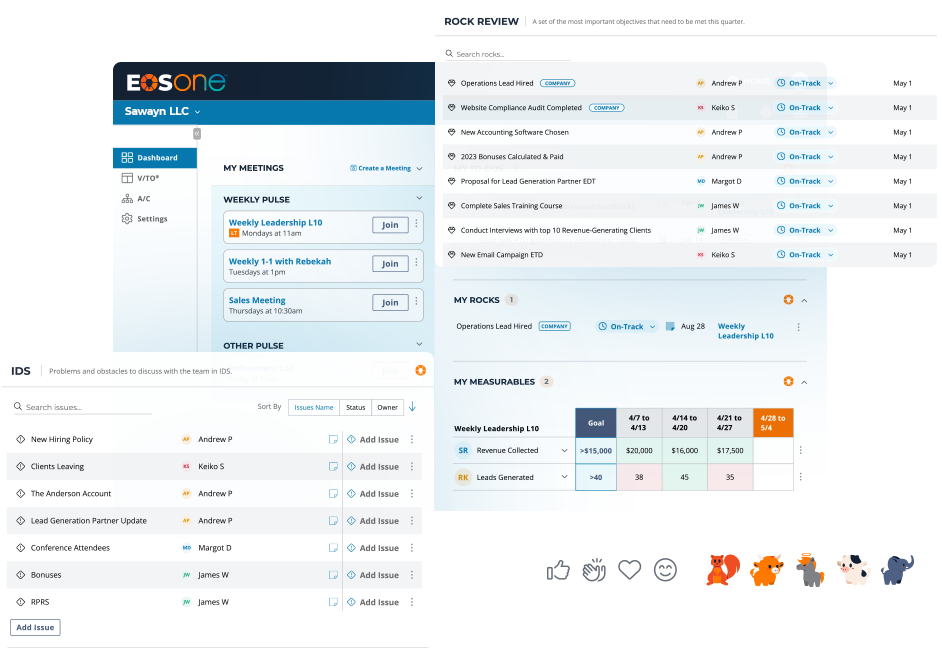Leadership teams get very excited when they start solving long-standing issues as a result of implementing the EOS discipline of using the Issues Solving Track™, or IDS, in their meetings. This is a 3-step problem-solving formula: 1. Identify the issue, 2. Discuss the issue, and 3. Solve the issue.
From the beginning, most teams are good at the discussion step and are anxious to get to solve step. But sometimes they’re disappointed when a solved issue pops up again, and they discover they missed the “I” and incorrectly identified the issue.
This first step is often the most difficult to do correctly. To solve issues permanently, you have to get to the root cause. If you have a pesky issue that pops up again after you’ve solved it, it’s usually because you didn’t get all the way down to the root the first time.
One question to solve issues permanently?
To get to the real underlying cause of any issue, all you usually need is a single question: Why? You just have to ask it at least five times.
The answer you get the first time never reveals the real problem; it’s only a clue that points you in the direction of the real problem. To get to the root, you must keep asking, “Why?” at least five times. Each answer will help you narrow down the possibilities until the root cause becomes clear.
When someone responds to your first question by saying, “Because Event A happened,” you must ask why Event A happened. The answer will be, “Because Event B happened,” and you must ask why Event B happened. The answer will be, “Because Event C happened,” and you must ask why Event C happened, and so on. By the time you get to Event E, you’ve usually arrived at the root cause.
Let’s say an important customer has complained bitterly about a late shipment. The questions and answers would be:
- Why was this shipment late? Because the order was entered late.
- Why was the order entered late? Because Bob, who was responsible for shipping it, did not get the order on time.
- Why did Bob not get the order on time? Because Sally, the sales assistant, was confused about the order details and emailed Jim, the sales rep, for clarification, but he did not answer.
- Why was Sally confused? Because the information was incomplete when Jim left the customer’s office.
- Why was the information incomplete? And why did Jim not respond quickly? The answers to these last questions will reveal the real issue.
It could be a Process issue: Jim did not have a checklist to ensure a compete order. It could be a “Followed by All” Process issue: Jim had a good checklist, but did not use it! Or, it could be a Right Person / Right Seat issue: Jim does not share our Core Value of “Doing the job right the first time,” or Jim might not fully “get” the requirements of his Sales seat.
If you use this technique with every issue you solve, you’ll get good at it very quickly.



